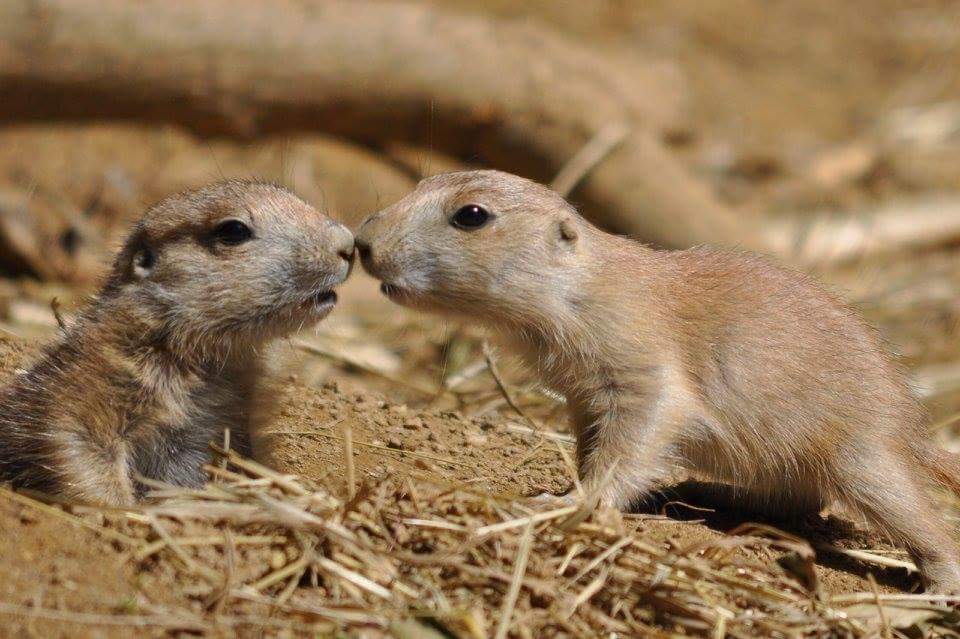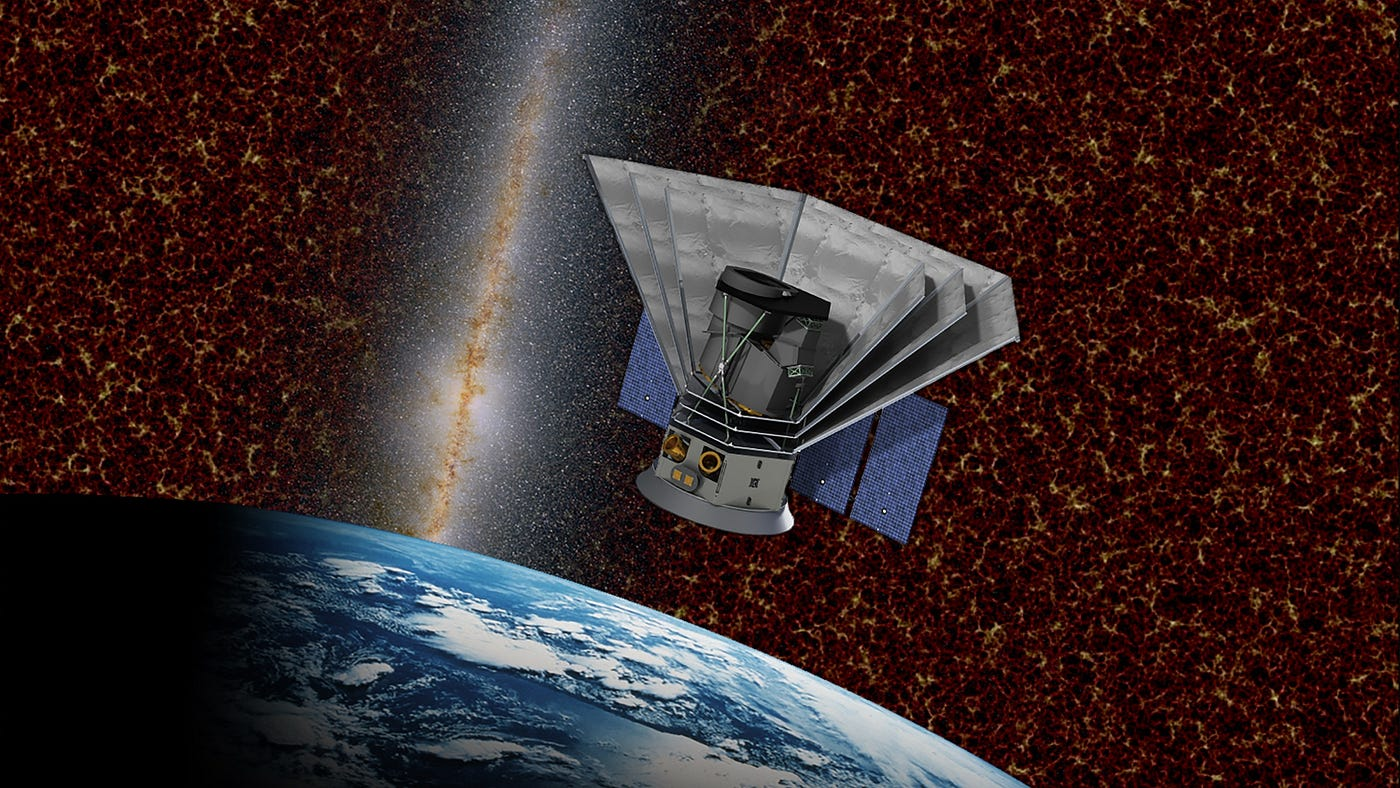Prairie dogs, often mistaken as simple burrowing rodents, are among the most linguistically advanced animals in the wild. Scientists have discovered that these small mammals possess a remarkably complex communication system. Not only can they describe approaching predators, but they can also include specific details such as size, shape, and even the color of clothing if the threat is human. These vocalizations go far beyond mere alarm calls — they form a structured language that’s still being decoded by researchers.
This discovery, pioneered by Dr. Con Slobodchikoff, revealed that prairie dogs use distinct “words” and grammar-like rules to construct meaning. Recordings analyzed with spectrograms show variations in pitch and pattern that differ based on predator type or distance. For instance, a hawk triggers a different call than a coyote, with variations depending on how fast the threat is moving. This ability gives the colony time to react appropriately, showcasing an evolutionary edge through cooperative warning systems.
Understanding prairie dog communication provides insights into the roots of language development and social intelligence in animals. Their vocal complexity challenges assumptions about the cognitive limitations of small mammals. As habitat loss threatens their colonies, protecting prairie dogs isn’t just about conserving biodiversity—it’s about preserving one of the most fascinating examples of animal communication known to science.







